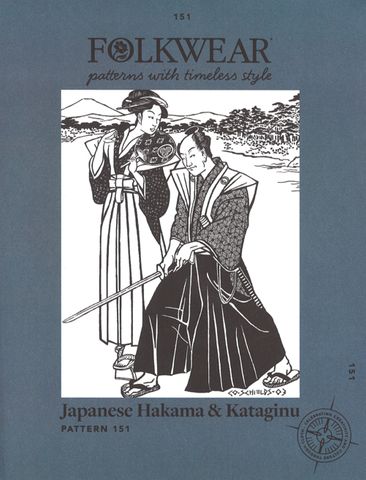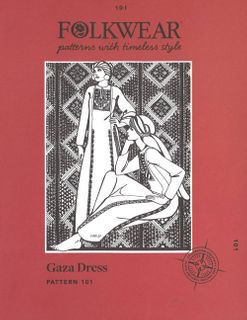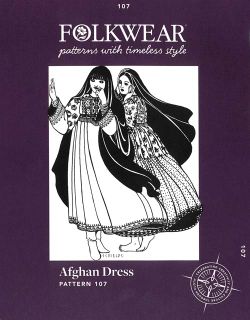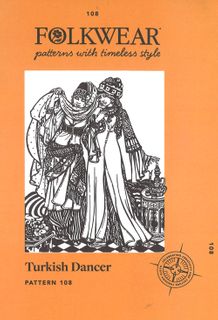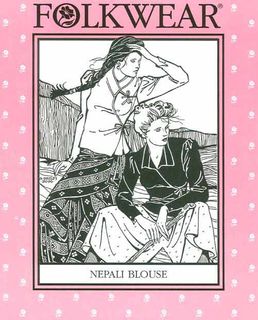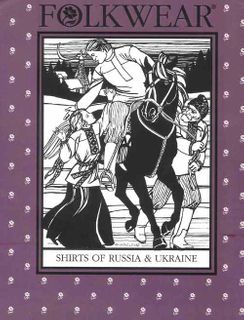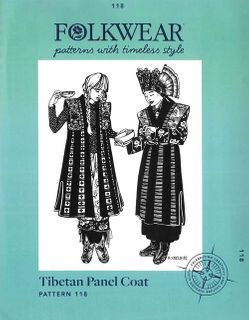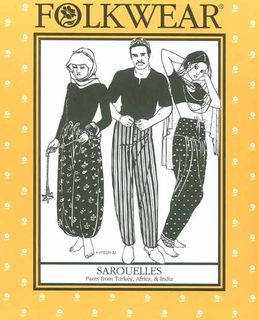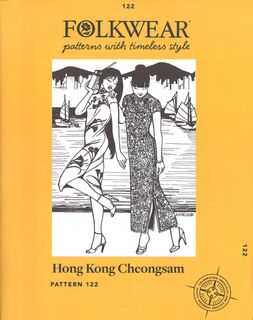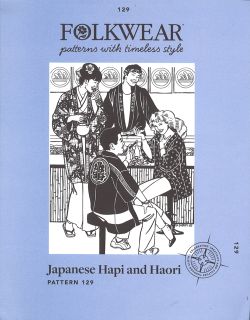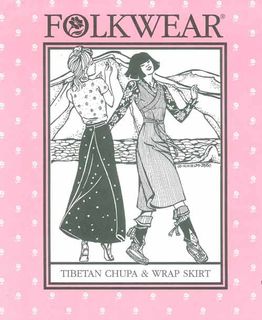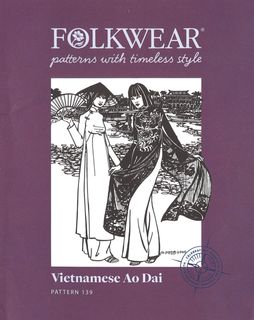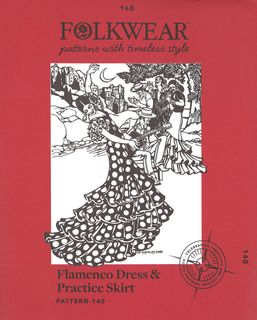- Home /
- SEWING PATTERNS /
- HISTORICAL & ETHNIC /
- Japanese Hakama & Kataginu
Products
- COMING SOON
- JUST ARRIVED
-
CRAFT
- BEADING & JEWELLERY
- CROCHET
- CROSS STITCH
- DESIGN & INSPIRATION
- DOLLS, BEARS & SOFT TOYS
- EMBROIDERY
- FASHION & DESIGN
- FELTING
- FIBRE ARTS
- GENERAL CRAFTS
- GLASS, METAL, MOSAICS & CLAY
- KNITTING
- LACE MAKING & TATTING
- MAGAZINES
- MIXED MEDIA
- PAPERCRAFTS
- QUILTING, PATCHWORK & APPLIQUÉ
- QUILTMANIA
- SEWING
- SPINNING & WEAVING
- CRAFT & ART SUPPLIES
- PRACTICAL ART
- SEWING PATTERNS
- BOOKS FOR ALL TASTES
- CHILDREN
- GARDENING
- SALES & SPECIALS
- GIFT CERTIFICATES
Japanese Hakama & Kataginu
Folkwear – sewing patterns for ethnic & historic clothing & costumes
Folkwear
Description
During the Edo period in Japan (1615–1868), members of the samurai or warrior class wore the Kamishimo, a traditional costume made up of the Kataginu or pleated-front vest and Hakama or pleated pants/skirt. The two garments were typically worn over a knee-length kimono for formal occasions. Today, the garments are frequently worn for official occasions, martial arts, and historic re-enactment.
This pattern gives you complete instructions for cutting and pleating the traditional Hakama in any size and includes pattern pieces for Small, Medium-Large, and Sumo-Size Koshiita (Backboard) and Koshiita Triangles. For contemporary sportswear, pattern also includes instructions for optional side panels to fill in the side-seam gaps that expose the underlying kimono in traditional wear.
The wide-shoulder Kataginu can be made to match the Hakama for a traditional samurai appearance or as a contrasting wearable art accent. Easy to pleat and sew, it completes a dramatic outfit.
Suggested fabrics: For Kataginu: Crisp, tightly woven cottons; linens and linen blends; ramie; hemp; silks, including shantung, habotae, pongee, satin, or taffeta. Note: You may have to starch fabric to preserve pleats. For Hakama: Same as Kataginu, but also lightweight wool suiting.
Multi-sized: For men & women based on waist size
Details
-
FormatPattern



